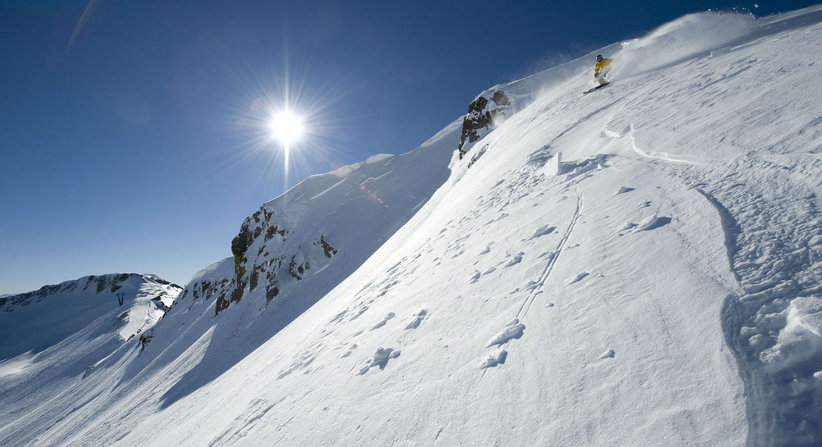Winter is here and every northern European youngster proud of themselves is dreaming of skiing on white slopes, surrounded by the spectacular mountain terrain and the unspoiled natural sceneries. However, the unsustainable aspect of winter sports is something that we may haven’t thought of before.
Due to the climate change and global warming, the water and energy intensive artificial snow-making becomes even more necessary in low altitude areas. For the same reason, ski areas are using the more environmentally sensitive slopes of higher altitudes. Not to mention the trees-removing and grading procedures that need to take place for the preparation of suitable ski runs, the over-scaled supportive pylons that are added, or the disturbance of the wildlife by installing and maintaining the structures as well as by the skiers.
Mountain villages are also affected. The big influx of seasonal outside workers or tourists that require extra housing and social support that exceeds their space dynamics and local infrastructure, changes their cultural landscape. Additionally, it takes years for litter dropped on ski slopes to disintegrate and not all the visitors and skiers adopt a pro-environmental behaviour.
What we can do?
The environmental impacts of such activities is already being discussed worldwide and lists of ski destinations that make an effort to reduce them is available by associations such as the National Ski Areas Association and their initiative of Sustainable Slopes Environment (North America). ISO 14001 standards accredits the ones in Europe. These can be a useful guide before deciding your next ski destination.
Avoid leaving waste to the mountain by taking your litter to the city and recycling as many products or items as you can, such as food packages or even brochures. You can also buy products in bulk to avoid unnecessary packaging. Of course, never leave anything on the slope.
Avoid heli-skiing and snowmobiling. On the other hand, cross-country skiing or snow-shoeing have a lower environmental impact as there is no need for granted slopes.
Traveling sustainably will also help. By using public transport (train or bus) you contribute to the reduction of emissions while you avoid possible difficulties due to weather conditions in remoted areas.
Keep yourself inside boundaries of slopes, so that you won’t disturb plants or animals. Respecting the balance of the natural environment by being quiet and not removing plants or animal products from nature also matters.
Lastly, contributing to the local economy as well as reassuring that you take into account the local customs and way of living of the different places you visit, are equally important. Buy locally made products instead of mass-produced souvenirs, be open to experience the local atmosphere and use local transportation, restaurants and stores.
Changing small things in our overall behaviour, choices and way of living, can result in quite significant environmental and cultural benefits. Spread the word and contribute to the problem, so that we can enjoy winter sports for a long time to come!
Sources:
http://ski-europe.com/why-choose-us/about-us/environmental/
http://www.nsaa.org/environment/sustainable-slopes/
http://www.iso.org/iso/catalogue_detail?csnumber=31807
picture:
https://d2fijpsef22722.cloudfront.net/photos/pd_hero/4058653900-skiing-lake-tahoe-with-curtis-tischler.jpg
